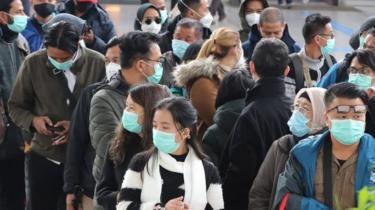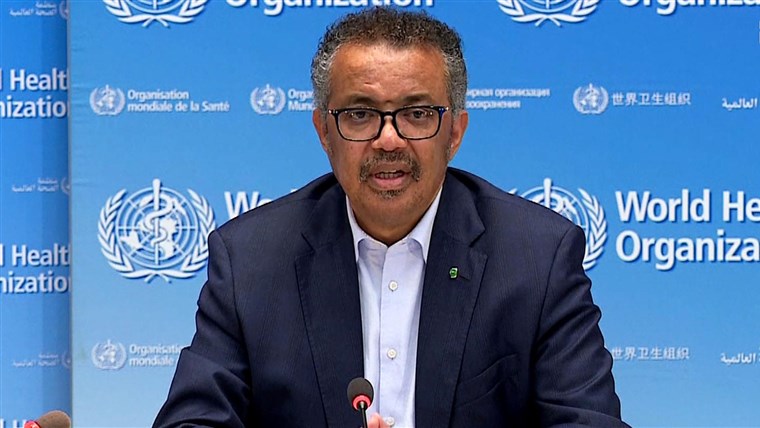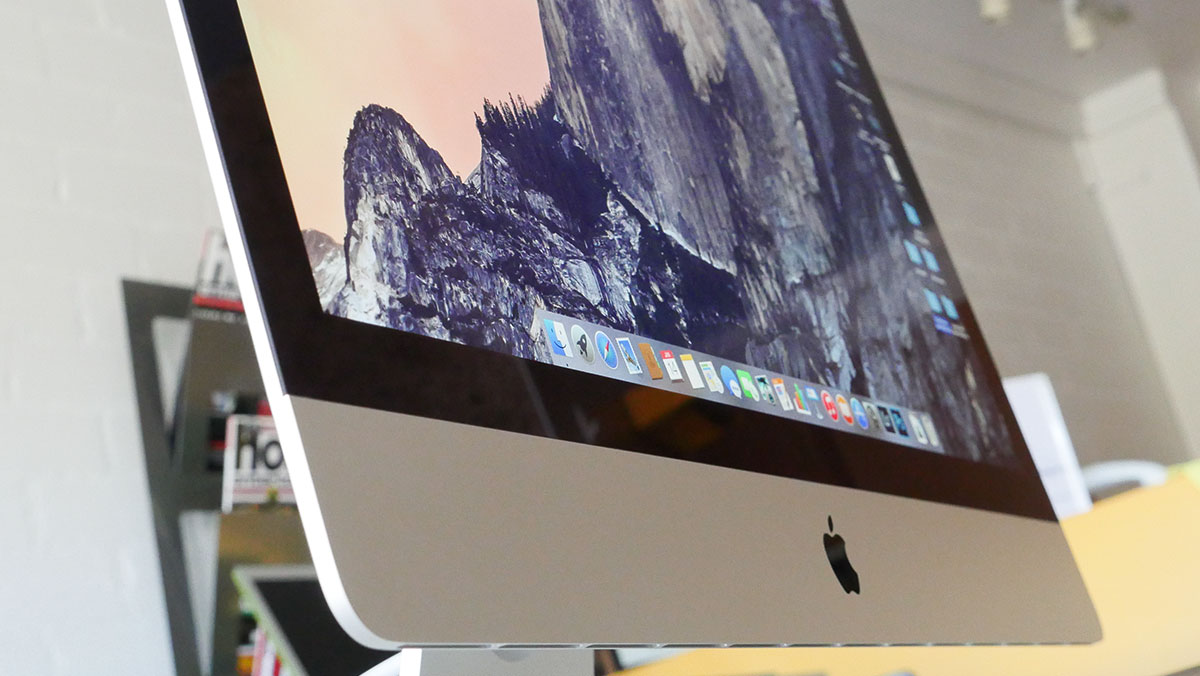Dubai- Masaader News
Dec. 31, 2019: China alerts the World Health Organization of 27 cases of “viral pneumonia” in the central city of Wuhan. Authorities shut down a wet market in Wuhan the next day, after discovering some patients were vendors or dealers, according to Reuters.
Jan. 11, 2020: A 61-year-old man is reported as the first death. Preliminary lab tests cited by Chinese state media point to a new type of coronavirus.
Jan. 13: A Chinese woman is quarantined in Thailand, the first detection of the virus outside China.
Jan. 15: Japan confirms its first case.
Jan. 20: South Korea confirms its first case.
Jan. 22: The WHO convenes an emergency meeting with health authorities around the world. Director-general Tedros Adhanom Ghebreyesus says the new coronavirus does not yet constitute an international emergency.
Jan. 23: China issues a lockdown for millions of people in Wuhan and Hubei as the death toll rises to 18.
Jan. 24: The first cases in Europe are reported in France.
Jan. 25: China bans wildlife trade after the virus was traced to a Wuhan animal market. The Lunar New Year holiday is extended for workers and schools. Hong Kong leader Carrie Lam announces measures to limit links with China.
Jan. 27: The United States warns against travel to China, a day after five people who had been in Wuhan become the first confirmed cases in America.
Jan. 30: The WHO declares the outbreak a public health emergency of international concern.
Feb. 1: The United States, Singapore, Russia and Australia ban foreign travelers who were recently in China.
Feb. 2: A 44-year-old man dies in the Philippines, the first death outside China.
Feb. 3: Investors erase $393 billion from China’s benchmark stock index, selling the yuan and dumping commodities on the first day of trade after the Lunar New Year break.
Feb. 4: Hong Kong reports its first death. Macau shutters casinos. American Airlines Group and United Airlines Holdings Inc suspend flights to Hong Kong.
Feb. 5: About 3,700 passengers are quarantined aboard the Diamond Princess, a Carnival Corp cruise liner, off the coast of Japan after 10 people test positive. More than 700 passengers eventually test positive and 14 die. The ship is quarantined for nearly a month.
Feb. 7: Li Wenliang, a Chinese ophthalmologist who had been reprimanded for issuing an early warning about the Wuhan outbreak, dies, triggering wide public mourning and rare expressions of anger against the government.
Feb. 7: Hong Kong supermarket shelves are stripped bare as residents hoard toilet paper and other supplies.
Feb. 11: The Chinese government’s senior medical adviser tells Reuters the outbreak may be over by April.
Feb. 12: An Iranian woman dies of a suspected coronavirus infection, according to the state daily newspaper IRAN, the first in the Islamic Republic.
Feb. 15: An elderly Chinese tourist hospitalized in France is the first fatality reported in Europe.
Feb. 19: A spike in infections in South Korea linked to a church congregation is declared a “super-spreading event.” South Korea later seeks murder charges against leaders of the Shincheonji Church.
Feb. 22: Italy seals off its hard-hit northern regions of Lombardy and Veneto.
Feb. 24: Kuwait, Bahrain, Oman and Iraq record their first cases, all people who had been in Iran. The WHO says the outbreak can still be beaten, insisting it is premature to declare COVID-19 a pandemic.
Feb. 25: The U.S. Centers for Disease Control and Prevention warns Americans to begin preparing for the virus to spread, signaling a change in tone. Austria, Switzerland and Croatia report their first cases.
Feb. 26: The number of new infections inside China is overtaken by those elsewhere for the first time. Italy and Iran emerge as new epicenters.
Feb. 28: The S&P 500 suffers its biggest weekly drop since the 2008 financial crisis on fears of a global recession. More than $5 trillion is wiped from global market value.
March 1: A nursing home near Seattle is locked down after two deaths are reported in Washington state, thought to be the first in the United States at the time.
March 2: The new coronavirus appears to be spreading much more rapidly outside China than inside, but it can still be contained, says the WHO chief, Tedros.
March 3: In a surprise move, the U.S. Federal Reserve cuts interest rates by half a percentage point to try to stem the economic fallout from the epidemic. Markets continue to fall.
March 4: A pet dog is quarantined in Hong Kong, the first suspected case of human-to-animal transmission.
March 5: California declares a state of emergency. Friday prayers are canceled in the Shi’ite holy city of Kerbala after Iraq’s first death in Baghdad.
March 6: The number of infected people exceeds 100,000 globally. Deaths top 3,400.
March 9: Crude prices plunge 25%, the biggest daily rout since the 1991 Gulf War, as Saudi Arabia and Russia begin a price war. Moscow refuses a deeper oil cut by OPEC+ to cope with tumbling demand.
March 10: “The whole of Italy is closed now,” reads a headline in the Corriere della Sera newspaper after Rome imposes the most severe controls on a Western nation since World War Two.
March 11: The Bank of England slashes interest rates by half a percentage point. The British government unveils a budget splurge designed to stave off a recession.
March 12: Canadian Prime Minister Justin Trudeau, 48, goes into quarantine for two weeks after his wife, Sophie, tests positive.
March 13: U.S. President Donald Trump declares a national emergency to free up $50 billion in federal aid.
March 14: France and Spain join Italy in imposing lockdowns on tens of millions of people, Australia orders foreign travelers to self-isolate, and other countries extend entry bans to try to stop the spreading virus.
March 15: New York and Los Angeles, the two largest U.S. cities, order restaurants, bars, theaters and movie houses to close. The Fed cuts interest rates again.
March 17: Trump proposes to help Americans by mailing checks of up to $1,000 each. Brazil reports its first death. The European Union bars outside travelers.
March 19: Italy’s death toll overtakes China. Russia records its first death. The virus has spread to more than 170 countries.
March 20: California issues an unprecedented state-wide “stay at home order” and New York state orders non-essential businesses to shut.
March 24: The International Olympic Committee and Japanese Prime Minister Shinzo Abe announce the postponement of the 2020 Summer Games. India goes under lockdown.
March 25: A $2 trillion coronavirus aid package, dubbed “the largest rescue package in American history,” is approved by Congress.
March 27: South Africa starts nationwide lockdown. Kenya, the Democratic Republic of Congo and other African countries try to ringfence cities.
April 2: Global cases shoot past 1 million as deaths soar in the United States and western Europe.
April 5: British Prime Minister Boris Johnson, 55, is admitted to hospital with coronavirus after suffering a fever and a cough for more than 10 days. He remains in hospital until April 12.
April 6: Carnival Corp’s Ruby Princess cruise liner, the biggest single source of infections in Australia and the target of a criminal investigation, docks south of Sydney to get help for sick crew members.
April 7: Early data shows COVID-19 is killing African Americans at a higher rate than the general U.S. population, underscoring disparities in healthcare access.
April 8: Wuhan reopens. Its 11 million citizens can leave their homes for the first time in months.
April 10: Global deaths reaches 100,000 and confirmed cases exceed 1.6 million.
April 13: A handful of European countries begin to ease restrictions. Spain restarts construction and manufacturing, while Austria and Italy allow certain stores to reopen. Danish children can return to school.
April 14: Trump halts funding to the WHO over its handling of the pandemic, drawing condemnation from infectious disease experts.
April 23: Trump says scientists should explore whether injecting disinfectant might help COVID-19 patients, horrifying medical professionals who worry that some people will poison themselves with bleach.
April 25: Global deaths exceed 200,000 and confirmed cases near 3 million.
May 4: J. Crew Group Inc files for bankruptcy protection after temporary store closures cost it almost $900 million in sales. In the following weeks, Neiman Marcus Group and J.C. Penney Co Inc would also be pushed to the brink.
May 8: The U.S. economy lost 20.5 million jobs in April, the steepest plunge since the Great Depression. The unemployment rate surges to 14.7%.
May 9: Avianca Holdings (AVT_p.CN), Latin America’s second-largest airline, files for bankruptcy. It would be followed by LATAM Airlines Group, the continent’s largest carrier, on May 26.
May 11: Thousands of visitors stream into Shanghai Disneyland, the first reopened by Walt Disney Co.
May 13: The virus could become endemic like HIV and never go away, the World Health Organization says.
May 14: The United Nations warns of a looming mental illness crisis as millions of people are surrounded by death and disease and forced into isolation, poverty and anxiety.
May 15: Global deaths exceed 300,000 and confirmed cases approach 4.5 million.
May 18: Trump says he is taking hydroxychloroquine as a preventive medicine despite medical warnings against the use of the malaria drug. Subsequent studies, including a large multi-country trial by the WHO, would find little benefit in COVID-19 patients treated with the drug.
May 22: Hertz Global Holdings Inc files for bankruptcy protection. Brazil overtakes Russia to become the world No. 2 in cases.
May 23: Johnson resists calls from British opposition parties to sack his senior adviser, Dominic Cummings, who had traveled 400 km (250 miles) with his son and wife during the lockdown even though she was sick at the time.
May 24: Hong Kong police fire tear gas and water cannon to disperse thousands of people protesting against China’s plan to impose national security laws on the city, in defiance of curbs imposed to contain the coronavirus. The public returns to St Peter’s Square to receive Pope Francis’s blessing from his window for the first time in nearly three months.
May 25: George Floyd, a 46-year-old African American, dies after a police officer kneels on his neck for nearly 9 minutes. The incident triggers weeks of protests against racism and police brutality around the world, and health experts warn the activity may help spread the virus. Brazil surpasses the United States in daily coronavirus deaths.
May 29: Trump says he is terminating the U.S. relationship with the WHO over its handling of the outbreak, accusing the UN agency of becoming a puppet organization of China.
June 7: Global deaths exceed 400,000 and confirmed cases approach 7 million.
June 8: New Zealand lifts all social and economic restrictions except border controls, one of the first countries to return to pre-pandemic normality.
June 12: Beijing shuts six major wholesale food markets and delays plans for some students to return to school after reporting new infections for a second day running.
June 15: After 83 days of lockdown, England allows retail stores to reopen.
June 16: Honduras President Juan Orlando Hernandez says he has been diagnosed with the coronavirus, as has his wife and two aides.
June 19: Brazil cases top 1 million and deaths approach 50,000, a new nadir for the world’s second worst-hit country.
June 23: After more than 100 days of lockdown, New York City residents can get haircuts, shop at reopened stores and dine at outdoor cafes. Russia has 599,705 cases, the third highest in the world.
June 25: Nigeria’s outbreak may push 5 million people into poverty as it triggers the worst recession in the African powerhouse since the 1980s, the World Bank said.
June 26: Amid a spike in infections, Texas and Florida halt efforts to reopen their economies, ordering bars to close again and tightening restrictions on restaurants.
June 28: Global deaths exceed 500,000 and confirmed cases top 10 million.










